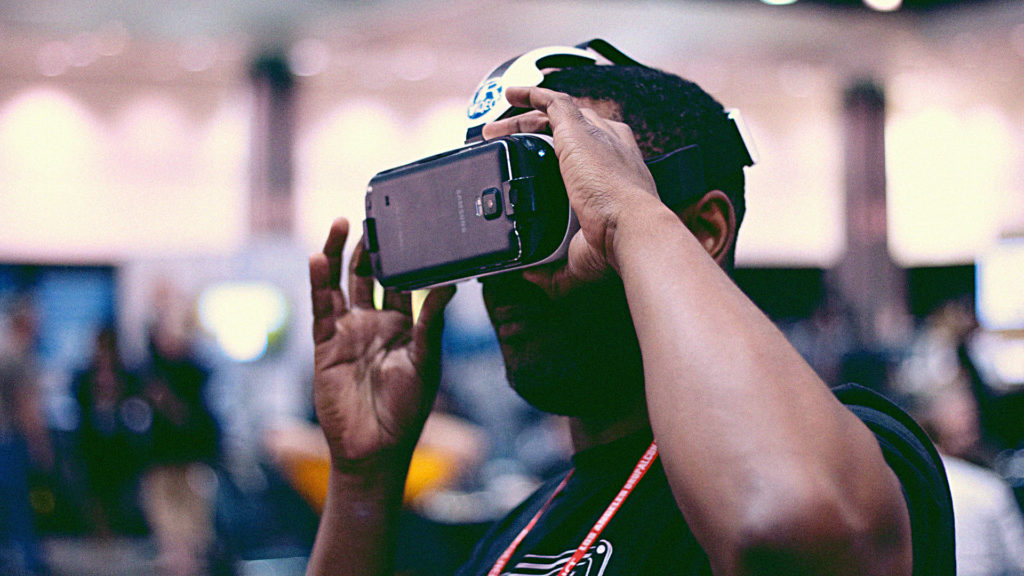The first standalone virtual reality systems are coming—and freeing people from wires, PCs, and phones could boost the technology’s fortunes.

In the two years since consumer virtual reality hardware first hit store shelves, it has struggled to catch on. There are numerous reasons, but one is that all current VR systems work only when connected to an external computing device—a gaming-quality PC, smartphone, or game console.
In 2018, that dynamic will change with the release of several standalone VR systems. Get ready for VR 2.0–an evolution that could help the technology fulfill some analysts’ predictions of it becoming a $38 billion industry by 2026.
Although the concept of virtual reality has been around for decades, and Google kickstarted the modern consumer VR era with the launch of the Cardboard in mid-2014, the onslaught really began in November 2015, with the release of Samsung’s Gear VR, a device that required a late-model Samsung phone.
A year later, the industry had grown substantially with the 2016 launches of the high-end Oculus Rift and HTC Vive, each of which is tethered to a PC, and the mid-range Sony PlayStation VR, which connects to a PlayStation 4. Google’s Daydream View, which also launched in 2016, works with the company’s own Pixel phone.
In every case, the hardware requires the external computing power because the demands of VR were too much to be onboard. There simply was no way to produce the kind of output VR requires with affordable built-in computing.
But computing systems of all sorts inexorably get smaller, cheaper, and more efficient. And VR is no different. Only a handful of standalone VR systems will arrive this year, but they could add up to the biggest step forward so far in the emergence of VR as a mainstream consumer technology. Here’s a look at what’s coming in 2018 and beyond.





